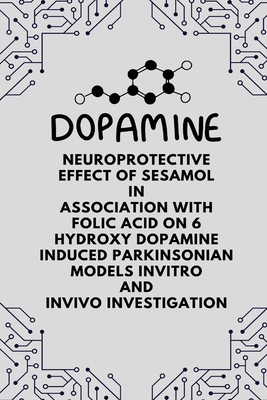
Neuroprotective Effect of Sesamol in Association with Folic Acid on 6 Hydroxy Dopamine Induced Parkinsonian Models Invitro and Invivo Investigation
Description
Stress is a so-called pressure, experienced by the human beings either psychologically or physiologically. The stress induced by oxidants within the cells is called oxidative stress. In other words when there is an excess production of oxidants, the cell exerts a stress which collapses its integrity or leads to damage or even death. Oxidative stress is found to be responsible for all most all the diseases. Surprisingly, these oxidants also favour the biological activity, for example, Hydrogen peroxide (H2O2) acts as anti-bacterial agent in human urine and prevents the urinary bladder from bacterial infection (Halliwell et al., 2000). So it is important to understand the pros and cons of oxidants.
Oxidants are the molecules which readily oxidise other substances. These harmful oxidants might be a free radical or non-radical species as represented in Table 1.1. The oxidants generated in the cells are Reactive oxygen species (ROS) and Reactive nitrogen species (RNS). ROS and RNS are formed as natural by-products of normal metabolism of oxygen and amino acids. They possess important roles in cell signalling, homeostasis, neutrophil function, and so on (Hancock et al., 2001; D'Autreaux and Toledano, 2007; Fialkow et al., 2007). These species are highly reactive and hence they must be neutralised as soon as they are generated. ROS and RNS are highly unstable and attack the nearby molecules and promote unexpected cell damage or death. From Figure 1.1 Oxidants source and their production in mammalian cells was explained by Fang et al., (2002).
